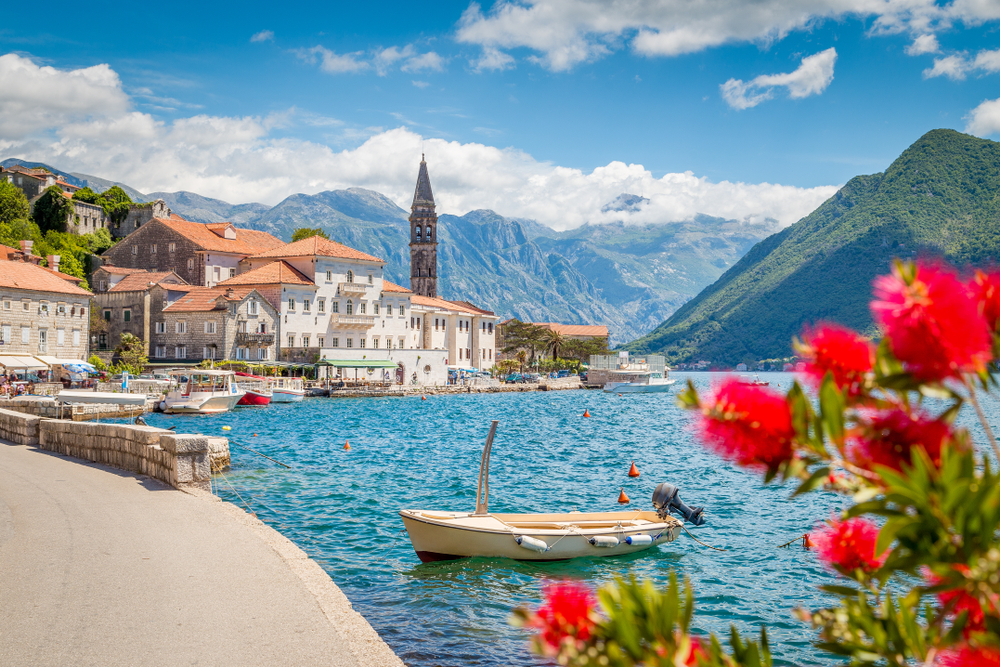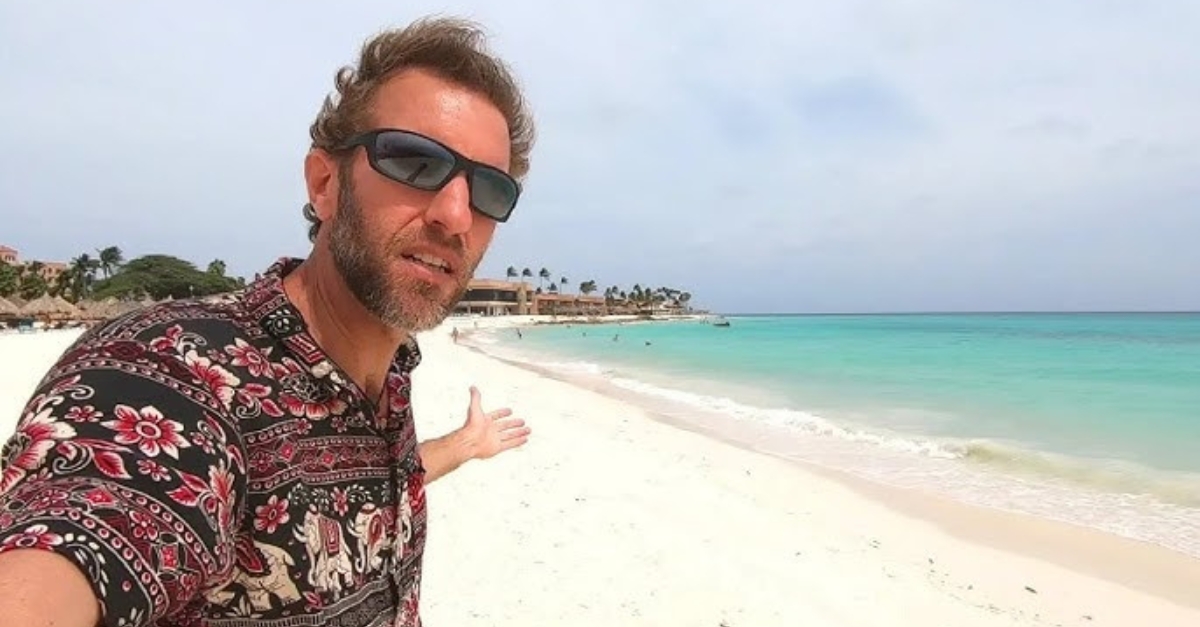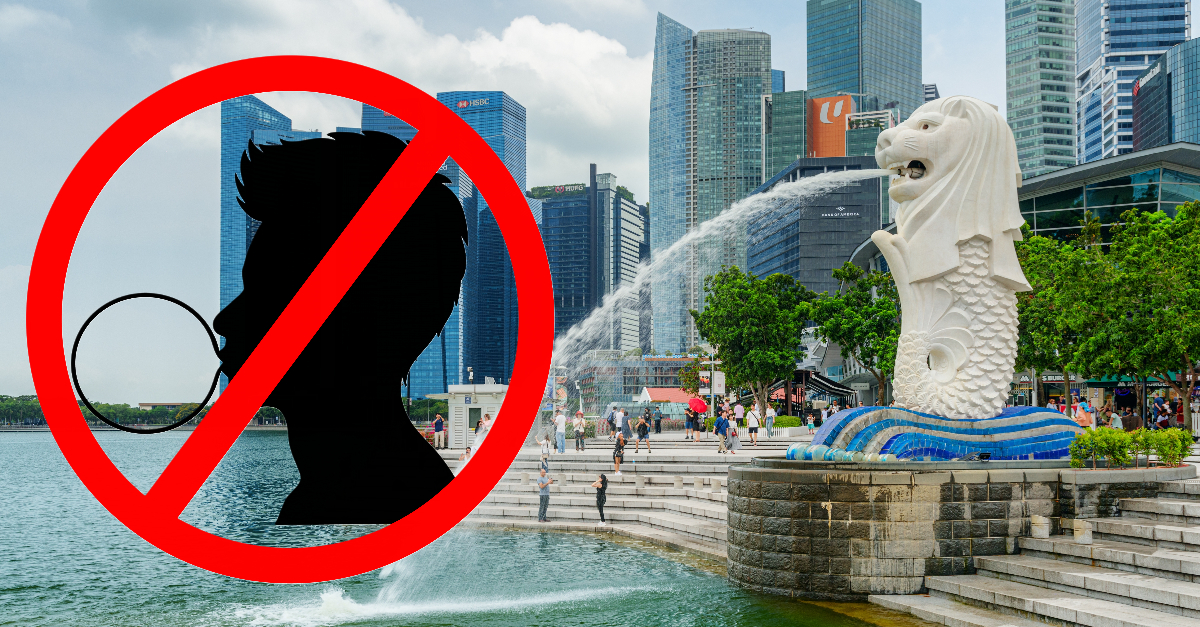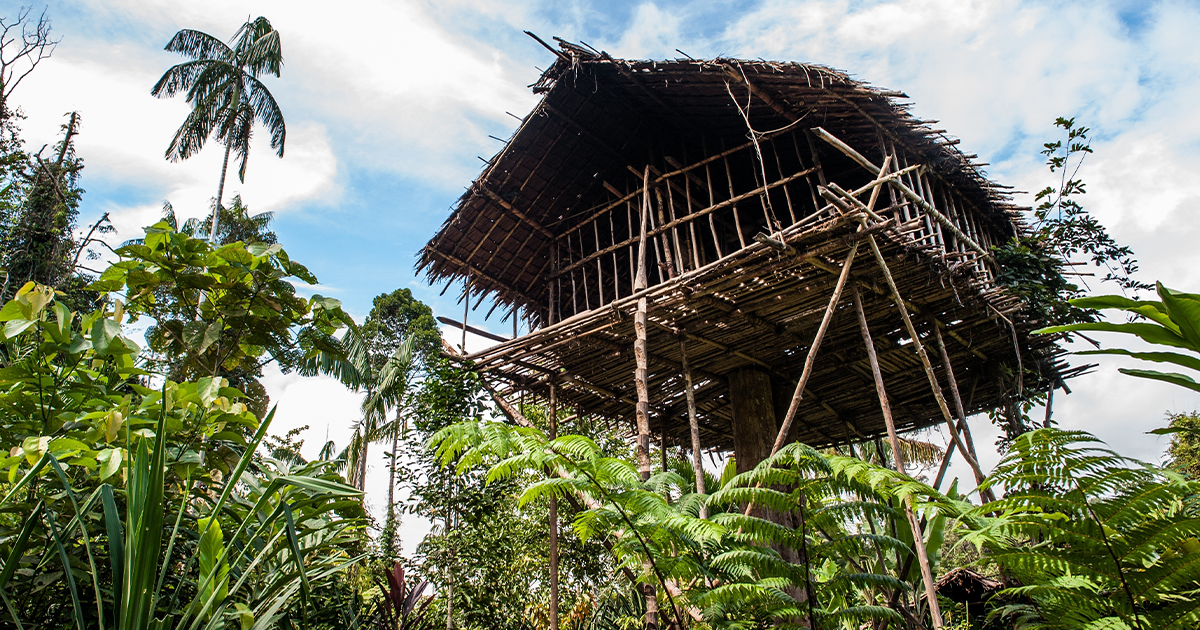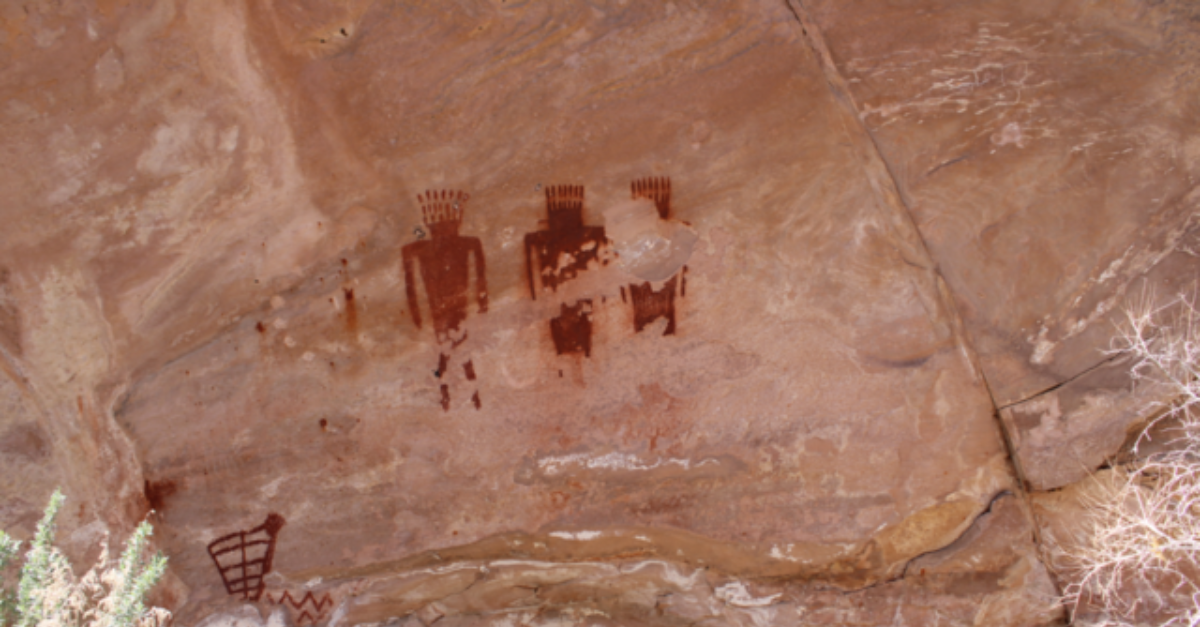Tiny Towns With Giant Stories
The most unforgettable travel stories don’t come from tourist-packed capitals. They start in the quiet corners of the world, in small towns offering something you’ve never experienced.

Beacon, USA
Once a fading factory town on the banks of the Hudson River, Beacon has transformed into a cultural magnet while keeping its industrial soul. Its name honors the Revolutionary War signal fires once lit from nearby Mount Beacon, now a favorite hike with panoramic valley views.
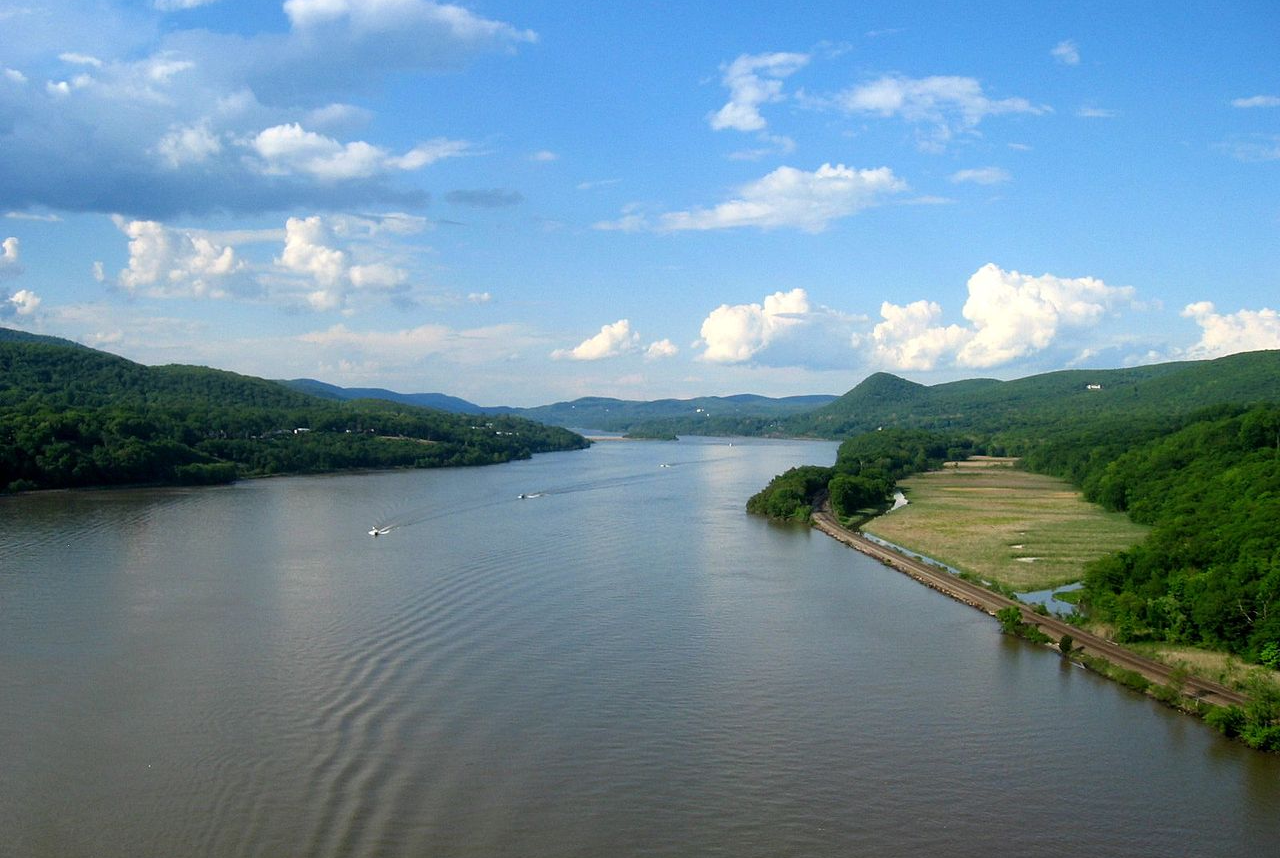 Rolf Muller, Wikimedia Commons
Rolf Muller, Wikimedia Commons
Beacon, USA (Cont.)
Today, Beacon is best known for Dia:Beacon, a sprawling modern art museum in a former Nabisco box-printing plant. The town’s charm lies in its contrasts—quiet riverside walks alongside bold contemporary art. Best visited from late spring through early fall, Beacon draws weekenders from NYC but keeps its small-town feel.
 Rolf Müller (User:Rolfmueller), Wikimedia Commons
Rolf Müller (User:Rolfmueller), Wikimedia Commons
Albarracín, Spain
Albarracin is a fortified town of rose-colored stone that appears frozen in time. Once a Moorish stronghold and later a Christian kingdom, Albarracín's layered past is visible in its tower ruins and the winding alleys. The buildings’ pinkish hue comes from red sandstone, which casts a warm glow at sunset.
 Diego Delso, Wikimedia Commons
Diego Delso, Wikimedia Commons
Albarracín, Spain (Cont.)
Don’t expect to see chain stores or modern signage. The wrought-iron balconies and ancient wooden doors combine Islamic and Gothic architecture in a unique blend. Tourists can walk along the town walls to see the Río Guadalaviar below. Visit in spring or fall to avoid tourist trickles and intense heat.
 Diego Delso, Wikimedia Commons
Diego Delso, Wikimedia Commons
Watamu, Kenya
This coastal Kenyan town might be best known to marine biologists, but its appeal extends well beyond the reef. Watamu sits within a UNESCO Biosphere Reserve, and its marine park is among the most biologically diverse in the world. Sea turtles nest along its powdery beaches, and glass-bottom boats offer close-ups of coral gardens.
 Jenny Kellett, Wikimedia Commons
Jenny Kellett, Wikimedia Commons
Watamu, Kenya (Cont.)
The name Watamu means “sweet people” in Swahili, and it fits. The locals are welcoming and deeply tied to the sea. Beyond the water, Gede Ruins is an ancient Arab-African Swahili village that adds a haunting historical edge. You can explore mangroves or feast on tamarind-glazed snapper as the tide rolls in.
Rye, England
Rye is a hilltop town near the Sussex coast that feels frozen in a more poetic era. Once a bustling medieval port, its harbor gradually silted up to leave behind a time capsule of cobbled lanes, Tudor timber-framed houses that carry quirky names, and centuries-old inns.
Rye, England (Cont.)
Mermaid Street, with its storybook charm and wonky architecture, is one of England’s most photographed roads. Atop the town sits St Mary’s Church, where visitors can climb the bell tower for outstanding views stretching to the English Channel. Henry James made his home at Lamb House, which is now open to visitors.
Luang Prabang, Laos
Drifting between the Mekong and Nam Khan rivers, Luang Prabang is a living postcard of Southeast Asian heritage. Once the royal capital of Laos, its name means “Royal Buddha Image,” and the city’s spiritual pulse is unmistakable. UNESCO has recognized Luang Prabang for its unique preservation of traditional architecture and culture.
 Basile Morin, Wikimedia Commons
Basile Morin, Wikimedia Commons
Luang Prabang, Laos (Cont.)
Dozens of gold-trimmed temples, including the revered Wat Xieng Thong, are home to saffron-robed monks who make their morning alms walk at sunrise—an experience visitors are allowed to observe with respect. The town’s French colonial villas and fragrant night markets mix Indochinese elegance and Lao simplicity.
 Shelly Zohar, Wikimedia Commons
Shelly Zohar, Wikimedia Commons
Perast, Montenegro
Home to only a few hundred residents, Perast is home to more Baroque palaces than you'd expect. It rose to prominence during the Venetian era, which shows in its ornate churches. The twin islets offshore—Our Lady of the Rocks and Saint George—seem plucked from a fantasy film, accessible only by boat.
Perast, Montenegro (Cont.)
You won’t find beaches packed with tourists here. Instead, it’s a spot for slow strolls and seafood pulled straight from the Adriatic. However, summer sees a gentle swell in visitors, though spring offers cooler temperatures and quieter alleyways. If you're seeking a European coastal town with old-world beauty, Perast will leave a lasting impression.
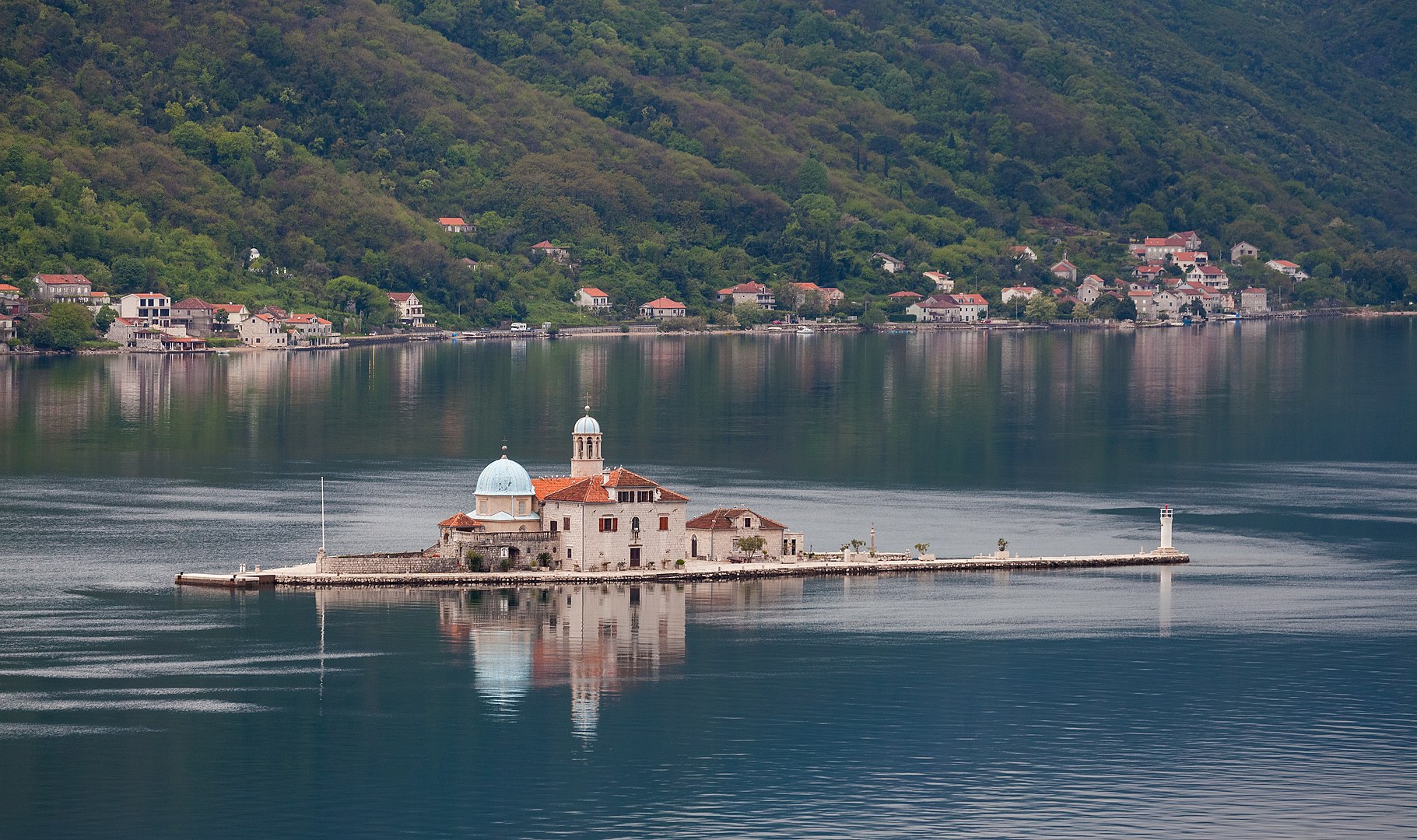 Diego Delso, CC BY-SA 4.0, Wikimedia Commons
Diego Delso, CC BY-SA 4.0, Wikimedia Commons
Bariloche, Argentina
Though often called “Little Switzerland,” Bariloche’s blend of alpine scenery and Patagonian soul makes it uniquely Argentine. Set beside Lake Nahuel Huapi and framed by snow-capped peaks, this town emerged in the early 1900s when European immigrants settled here and shaped its architecture and cuisine.
Bariloche, Argentina (Cont.)
The town is known for its artisanal chocolate shops, some of the best outside Europe. You can hike Cerro Catedral or simply wander the chocolate-scented main street. Despite growing popularity, Bariloche still offers intimate corners—like Refugio Frey, a high-altitude hut reachable only by foot.
 Dario Alpern, Wikimedia Commons
Dario Alpern, Wikimedia Commons
Theth, Albania
You don’t stumble upon Theth; you plan for it. Deep in the Albanian Alps, this remote mountain village was once accessible only by mule. Now reachable by winding roads, Theth offers dramatic peaks and stone homes built with centuries-old craftsmanship.
 Peter Chovanec, Wikimedia Commons
Peter Chovanec, Wikimedia Commons
Theth, Albania (Cont.)
It’s the gateway to Albania’s most iconic hikes, including the Valbona Pass and Grunas Waterfall. Theth's Catholic church, built in 1892, adds solemnity to the untouched nature. Locals still maintain traditional highland customs and offer homemade rakija and stories of the Kanun, Albania’s ancient code of honor.
Siwa Oasis, Egypt
Surrounded by the Great Sand Sea near the Libyan border, Siwa Oasis feels more like a myth than reality. It’s one of Egypt’s most isolated settlements and home to the Siwan people, who still speak their own Berber dialect. The town's architecture blends into the desert, and its springs make this an improbable lush haven.
 Vyacheslav Argenberg from Seattle, WA, USA, Wikimedia Commons
Vyacheslav Argenberg from Seattle, WA, USA, Wikimedia Commons
Siwa Oasis, Egypt (Cont.)
Perhaps most famously, Siwa once hosted Alexander the Great, who came to consult the Oracle of Amun. Travelers today explore the Temple of the Oracle and the Mountain of the Dead. They can also bathe in Cleopatra’s Pool, a natural spring. Electricity is limited, and cell service is spotty, but that’s precisely the point.
Gudhjem, Denmark
Clinging to the rocky coast of Denmark’s Baltic island of Bornholm, Gudhjem (meaning “God’s Home”) lives up to its divine name. It features red-roofed cottages and a harbor fit for a Nordic fairytale. The sun rises and sets over the sea to cast golden light on its cobblestone lanes.
 ThomasLendt, Wikimedia Commons
ThomasLendt, Wikimedia Commons
Gudhjem, Denmark (Cont.)
Once a humble fishing village, Gudhjem is now known for its smoked herring—“Sol over Gudhjem”. Also known as Sun over Gudhjem, this local dish has layers of rye bread with herring, raw egg yolk, and onion. The town is also an artists’ enclave, with painters and ceramicists drawn by the island’s crystalline light.
 aconcagua (talk), Wikimedia Commons
aconcagua (talk), Wikimedia Commons
Kleinmond, South Africa
Where mountains meet sea along South Africa’s Whale Coast, you’ll find Kleinmond. The name translates to “small mouth” and refers to the nearby lagoon opening into the Atlantic. Known for its Blue Flag beach and proximity to the Kogelberg Biosphere Reserve, Kleinmond offers biodiversity and beachside ease.
 Stephan Reichert, Wikimedia Commons
Stephan Reichert, Wikimedia Commons
Kleinmond, South Africa (Cont.)
It’s a favored calving ground for southern right whales, which breach offshore from June through November. Visitors can follow the scenic cliff path or explore the harbor filled with seafood shops. Birdwatchers and hikers flock to the area’s trails, while families enjoy safe swimming spots and nature-rich parks.
Kastos, Greece
With no cars and fewer than 100 year-round residents, Kastos may be Greece’s best-kept secret. Located in the Ionian Sea, this minuscule island is known mostly to yacht travelers and fishermen. Time moves differently here. Days revolve around quiet swims and seaside tavernas that serve fresh octopus while tourists chat with locals over ouzo.
Kastos, Greece (Cont.)
The name “Kastos” likely stems from the Greek word for chestnut, though there are few trees and the terrain is rocky and raw. There’s only one village, and it shuts down in winter. Summer, particularly June and early September, is ideal before larger vessels disrupt the peace.
Abyaneh, Iran
Abyaneh sits like a rust-colored mirage at the base of Mount Karkas. As one of the oldest villages in the country, it has preserved its red mudbrick architecture and its language and customs for over 2,500 years. Abyaneh offers something rare in today’s world: a glimpse into a living, breathing past.
 Bernard Gagnon, Wikimedia Commons
Bernard Gagnon, Wikimedia Commons
Abyaneh, Iran (Cont.)
Elderly women dressed in floral chadors and men in wide trousers speak Middle Persian, a dialect that predates modern Farsi. Houses are stacked on terraces, with rooftops doubling as courtyards for homes above. You can visit a Zoroastrian fire temple or explore centuries-old mosques, preferably in spring or fall.
 Zenith210 (talk) (Uploads), Wikimedia Commons
Zenith210 (talk) (Uploads), Wikimedia Commons
Panarea, Italy
Italy’s smallest Aeolian island doesn’t scream for attention, and that’s its power. Panarea whispers exclusivity, its whitewashed villas spilling down volcanic slopes toward the Tyrrhenian Sea. Once a humble fishing community, the island now attracts quiet wealth and discreet celebrities seeking an unspoiled Mediterranean escape.
Panarea, Italy (Cont.)
No cars are allowed, which gives Panarea a hushed calm. The volcanic cliffs are dramatic, and at night, you can watch Stromboli's glowing eruptions across the water—a surreal, natural light show. While peak season in July and August attracts the yacht crowd, shoulder months like May and September offer tranquility.
Tobermory, Scotland
A splash of Crayola colors greets visitors to Tobermory in the Scottish Inner Hebrides. As the capital of the Isle of Mull, its harborfront houses, painted in cheerful reds, yellows, and blues, have become iconic. They even starred in a children’s show. Beyond the charming facade lies a deep maritime history dating back to 1788.
Tobermory, Scotland (Cont.)
Legend has it that a Spanish Armada ship sank in the bay with gold still aboard, a mystery that divers continue to chase. The town is home to one of Scotland’s oldest distilleries, which produces peated and unpeated single malts. Nature lovers will find puffin colonies and even basking sharks on nearby excursions.
 Ray in Manila, Wikimedia Commons
Ray in Manila, Wikimedia Commons
Ouidah, Benin
Few towns carry the cultural and spiritual weight of Ouidah. Located on the coast of Benin, this small town was once one of West Africa’s busiest slave trade ports. The Route des Esclaves, a 2.5-mile road ending at the Door of No Return monument, honors those who passed through in chains.
Ouidah, Benin (Cont.)
Ouidah is the global center of Vodun (voodoo), and every January, thousands gather for the vibrant Voodoo Festival. Locals live with a deep respect for ancestral spirits, and shrines shine beside colonial remnants and Afro-Brazilian architecture. The Python Temple may test the nerves of some visitors, but it’s central to local belief.
 DEGAN Gabin, Wikimedia Commons
DEGAN Gabin, Wikimedia Commons
Moulay Idriss Zerhoun, Morocco
Moulay Idriss Zerhoun is Morocco’s holiest town, where legend and religion converge on twin hills near the ancient Roman ruins of Volubilis. Named after Moulay Idriss I, a descendant of the Prophet Muhammad and founder of Morocco’s first dynasty, the town was once closed to non-Muslims.
Moulay Idriss Zerhoun, Morocco (Cont.)
Though the shrine of Moulay Idriss remains off-limits to non-Muslims, the rest of the town now welcomes visitors with open arms. Whitewashed buildings spiral upward in layered terraces with sweeping views of olive groves and mountains. The circular streets—some only shoulder-wide—hide tiny bakeries and family-run guesthouses.
Pai, Thailand
At first glance, Pai seems like a sleepy northern village, but when you scratch the surface, you'll find a magnetic place where cultures collide. Originally settled by the Shan people, Pai gained notoriety among backpackers in the early 2000s thanks to its relaxed vibe and cascading waterfalls
 WalkOnWater93, Wikimedia Commons
WalkOnWater93, Wikimedia Commons
Pai, Thailand (Cont.)
It’s located in a lush valley surrounded by mountains and rice fields that offer a different pace from the chaos of Bangkok. The town center, though compact, pulses with live music and local art. Nearby, the Pai Canyon and the WW2 Memorial Bridge provide glimpses into its past and terrain.
 Patty Ho from Toronto, Canada, Wikimedia Commons
Patty Ho from Toronto, Canada, Wikimedia Commons
Cabo Polonio, Uruguay
Few places in the world operate entirely off the grid—and by choice. Cabo Polonio, on Uruguay’s Atlantic coast, is one such place. There are no roads in or out, and visitors must ride over sand dunes in massive 4x4 trucks to reach it. Once there, the absence of electricity is liberating.
 Jorgestenopeico, Wikimedia Commons
Jorgestenopeico, Wikimedia Commons
Cabo Polonio, Uruguay (Cont.)
What began as a fishing outpost is now a bohemian refuge for artists and dreamers. Sea lions nap near the 19th-century lighthouse, and the night sky explodes with stars. As a protected national park, Cabo Polonio’s charm lies in its refusal to modernize. The high season is January, though November and March are quieter.
Goslar, Germany
Goslar is a medieval treasure trove with over 1,500 half-timbered houses lining its cobblestone streets. Founded in the 10th century, the town on the edge of the Harz Mountains flourished due to the nearby Rammelsberg silver mine, which operated for over a millennium and is now a UNESCO World Heritage site.
 Sergiy Galyonkin, Wikimedia Commons
Sergiy Galyonkin, Wikimedia Commons
Goslar, Germany (Cont.)
The Imperial Palace (Kaiserpfalz), once a favored residence of Holy Roman Emperors, stands as proof of Goslar's historical significance. Visitors can explore the town's rich history at the Goslar Museum and enjoy the vibrant market square, which hosts lively festivals throughout the year.
 Dietmar Rabich, Wikimedia Commons
Dietmar Rabich, Wikimedia Commons
Dalat, Vietnam
Nicknamed the “City of Eternal Spring,” Dalat sits in Vietnam’s central highlands and feels worlds apart from the country’s bustling lowlands. Its temperate climate and rolling pine-covered hills once made it a French colonial retreat. Today, vestiges of that era remain with a miniature Eiffel Tower rising from its telecom station.
Dalat, Vietnam (Cont.)
Dalat is best known for its surreal attractions: the Crazy House, a Gaudí-esque guesthouse that feels like Salvador Dali dreamed it. The Valley of Love, a romantic kitsch park still frequented by honeymooners, is another attraction. Its flower gardens and strawberry farms make spring especially vibrant.
 Tuong Lam Photos, Wikimedia Commons
Tuong Lam Photos, Wikimedia Commons
Chinchero, Peru
High in the Sacred Valley between Cusco and Urubamba, Chinchero is often bypassed by tourists racing to Machu Picchu, but it shouldn't be. Known as the “Rainbow Village” due to its vibrant markets and traditional weaving culture, Chinchero sits at 12,000 feet and offers both history and highland authenticity.
Chinchero, Peru (Cont.)
It’s built atop the ruins of an Inca palace. Massive stone terraces still cling to the mountainside, and a 17th-century church now stands where sacred Inca structures once rose. On Sundays, the market fills with local Quechua women in bright hats and handwoven skirts, selling everything from corn to alpaca shawls.





